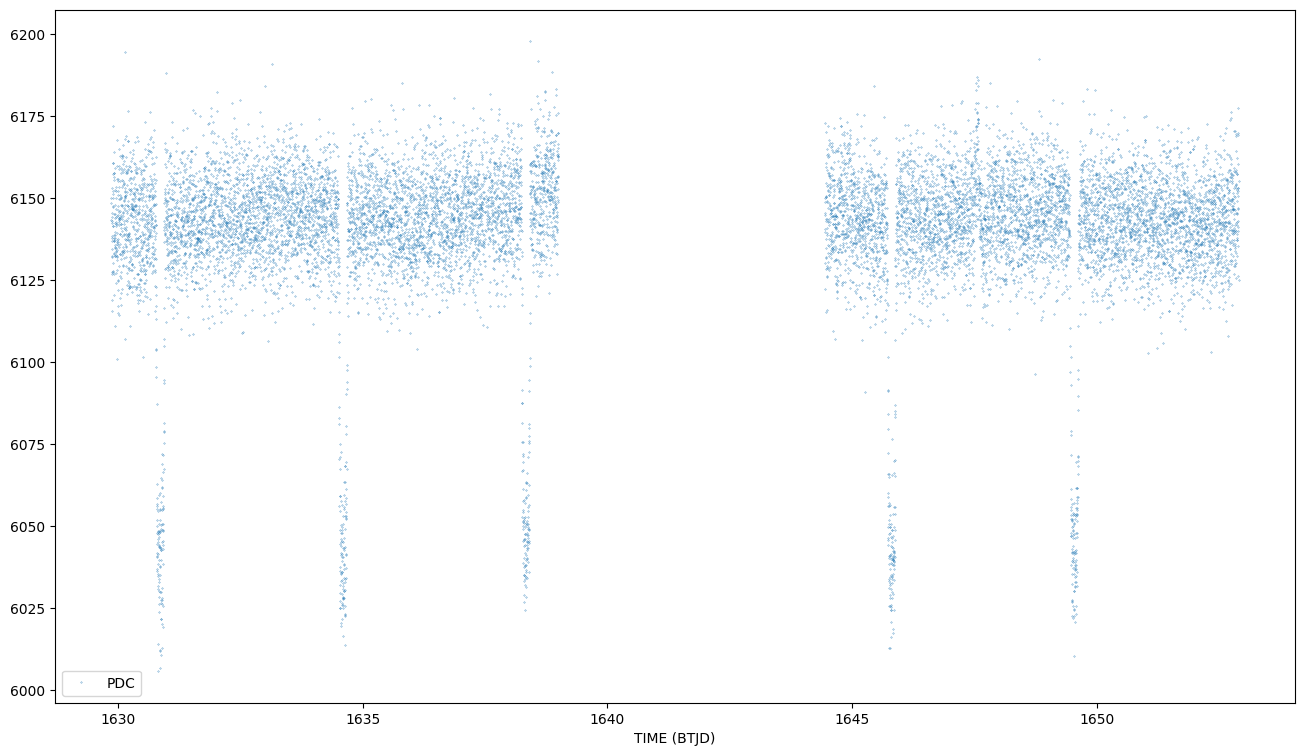 |
|
 |
|
TYC 6787-1927-1
Stellar parameters and planets on the system
| Host Star: TYC 6787-1927-1 | TYC 6787-1927-1 System planets | |||||||||||||||||||||||||||||||||||||||||
|---|---|---|---|---|---|---|---|---|---|---|---|---|---|---|---|---|---|---|---|---|---|---|---|---|---|---|---|---|---|---|---|---|---|---|---|---|---|---|---|---|---|---|
|
|
Photometric data catalogues and tools:
Plot from LIGHTCURVE FITS file

Auxiliary Products:
Spectroscopic data catalogues:
|
La Palma, CAHA, Keck, ESO archives |
WASP-17 b
Planet parameters
| Planet Name | Planet Mass | Planet Radius | Semi Major Axis | Orbital Period | Eccentricity | Inclination | Tidally Locked | Angular Distance | Primary Transit Source (JD) | Calculated Planet Temperature(K) | Molecules | Star Distance |
|---|---|---|---|---|---|---|---|---|---|---|---|---|
| WASP-17 b | 0.486 | 1.991 | 0.0515 | 3.735438 | 0.028 | 86.83 | 0 | 2454577.85806 | 0 | C, K, Na, O I | 0 |
Direct access and visualization for NASA archive
SHOW ERRORBARS Y/N
| Ref | Type | Facility | Instrum. | Npt | Comments |
| Bento et al. 2014 | phot | New Technology Telescope | ULTRACAM | 3 | BENTO ET AL 2014. The ULTRACAM instrument (Dhillon et al. 2007) consists of a set of 3 frame-transfer CCD cameras that image a field simultaneously through different filters. The incoming beam from the telescope is split using dichroic beamsplitters and directed onto each individualCCD, thereby allowing simultaneous high-precision photometry in 3 separate bands with a negligible read-out time (≈24ms) Simultaneous observations of this kind are additionally robust against variability in the system properties, such as stellar activity on time-scales similar to the orbital period of the planet and variability in the characteristics of the planetary system, both in terms of globalweather and the presence of moons, which may be different in separate transits. We use a combination of filters that can test the presence of TiO opacity, Rayleigh scattering and NaI absorption in the atmosphere of our selected targets. Using the SDSS u',g'and r' filters we can test both the presence of enhanced TiO opacity or a Rayleigh scattering dominated atmosphere from the transit depth differences between the u' and g' filters. |
| Mandell et al. 2013 | spec | Hubble Space Telescope satellite | Wide Field Camera 3 | 19 | MANDELL ET AL 2013 Observations were taken with the G141 grism on WFC3 infrared channel, providing slitless spectra covering the wavelength range 1.1 microns to 1.7 microns at a maximum resolving power of 130 at 1.4 microns |
| Sedaghati et al. 2016 | spec | Very Large Telescope (Antu) | FORS2 | 41 | SEDAGHATI ET AL 2016 . The observations were performed with the 600RI grism plusthe GG435 order sorter filter, covering the wavelength range of 0.55 to 0.83 microns |
| Sing et al. 2016 | spec | Hubble Space Telescope satellite | Space Telescope Imaging Spectrograph | 25 | SING ET AL 2016 . We observed two transits of each target with the HTS STIS G430L grating, and one with the STIS G750L. The G430L and G750L data sets contain tipically 43 to 53 spectra, which span either four or five spacecraft orbits and were taken with a wide 52 x 2 arcsec slit to minimize slit light losses. The G430L grating covers the wavelenght range from 0.29 to 057 microns, while the G750L grating covers 0.524 to 1.0270 microns |
| Sing et al. 2016 | spec | Hubble Space Telescope satellite | Wide Field Camera 3 | 12 | SING ET AL 2016 . The WFC3 observations of WASP-17b were observed in stare mode, rather than with spatial scanning, and therefore have generally poorer overall photometric precision. |
| Sing et al. 2016 | phot | Spitzer Space Telescope satellite | Infrared Array Camera (IRAC) | 2 | SING ET AL 2016 . The HST survey was complemented by photometric transit observations of all eight targets at 3.6 and 4. 5 microns using the Spitzer Space TelescopeInfrared Array Camera (IRAC) instrument. |
| Wood et al. 2011 | spec | The Very Large Telescope | GIRAFFE | 2 | WOOD ET AL 2011. We obtained 24 spectra with the GIRAFFE spectrograph on the VLT, eight during transit. The integrated flux in the sodium doublet at wavelengths 0.588995 and 0.589592 microns was measured at bandwidths 0.75, 1.5, 3.0, 4.0, 5.0 and 6.0 microns. |
| Exoplanets-A (CASCADe) | spec | HST | WFC3 | 14 | Exoplanets-A reduction CASCADE v. 1.0.0 Created:2021_2_27:21_20_40 Obs.Type:transit |
| Exoplanets-A (CASCADe) | spec | HST | WFC3 | 25 | Exoplanets-A reduction CASCADE v. 1.0.0 Created:2021_2_27:21_12_8 Obs.Type:transit |
| Transit models (Exoplanets-A: CASCADe reduction): |